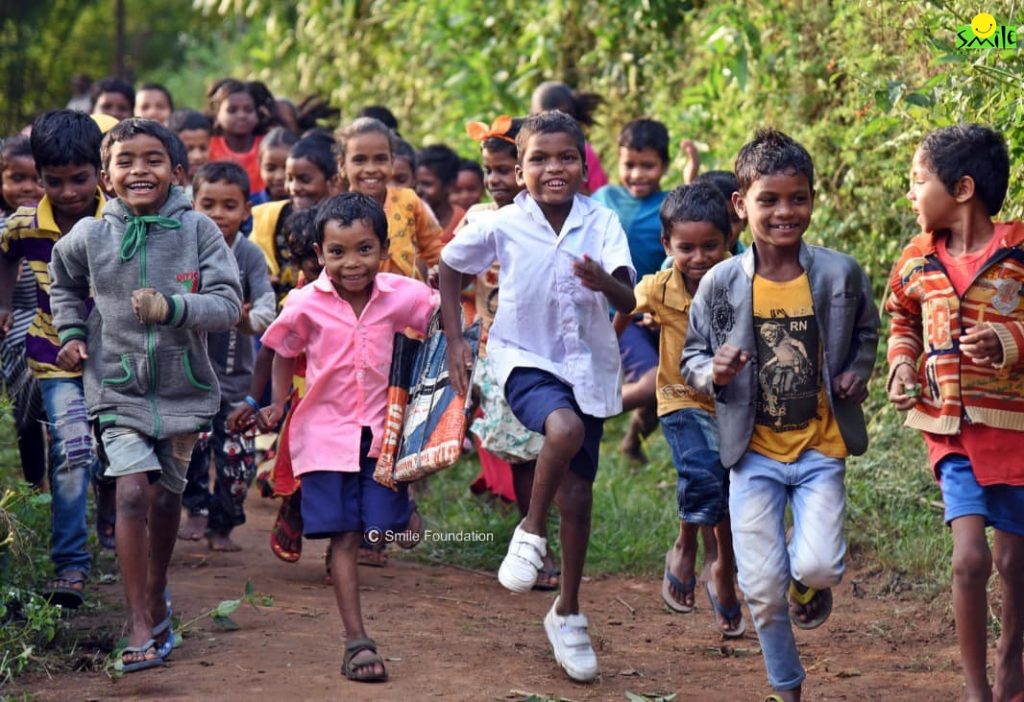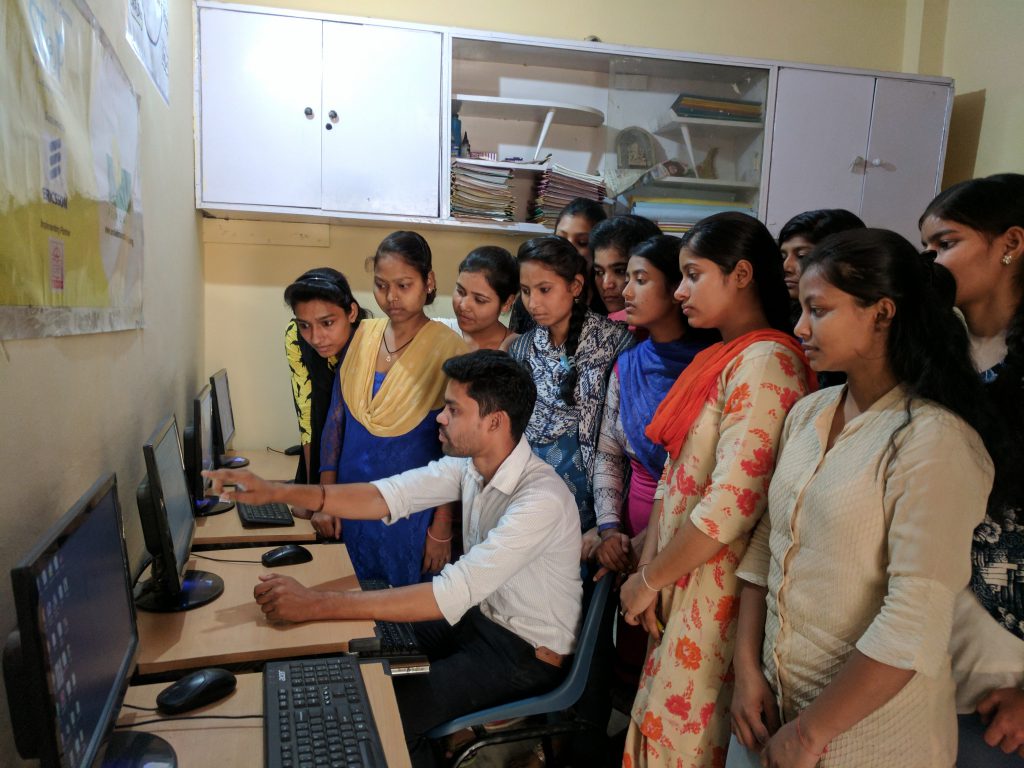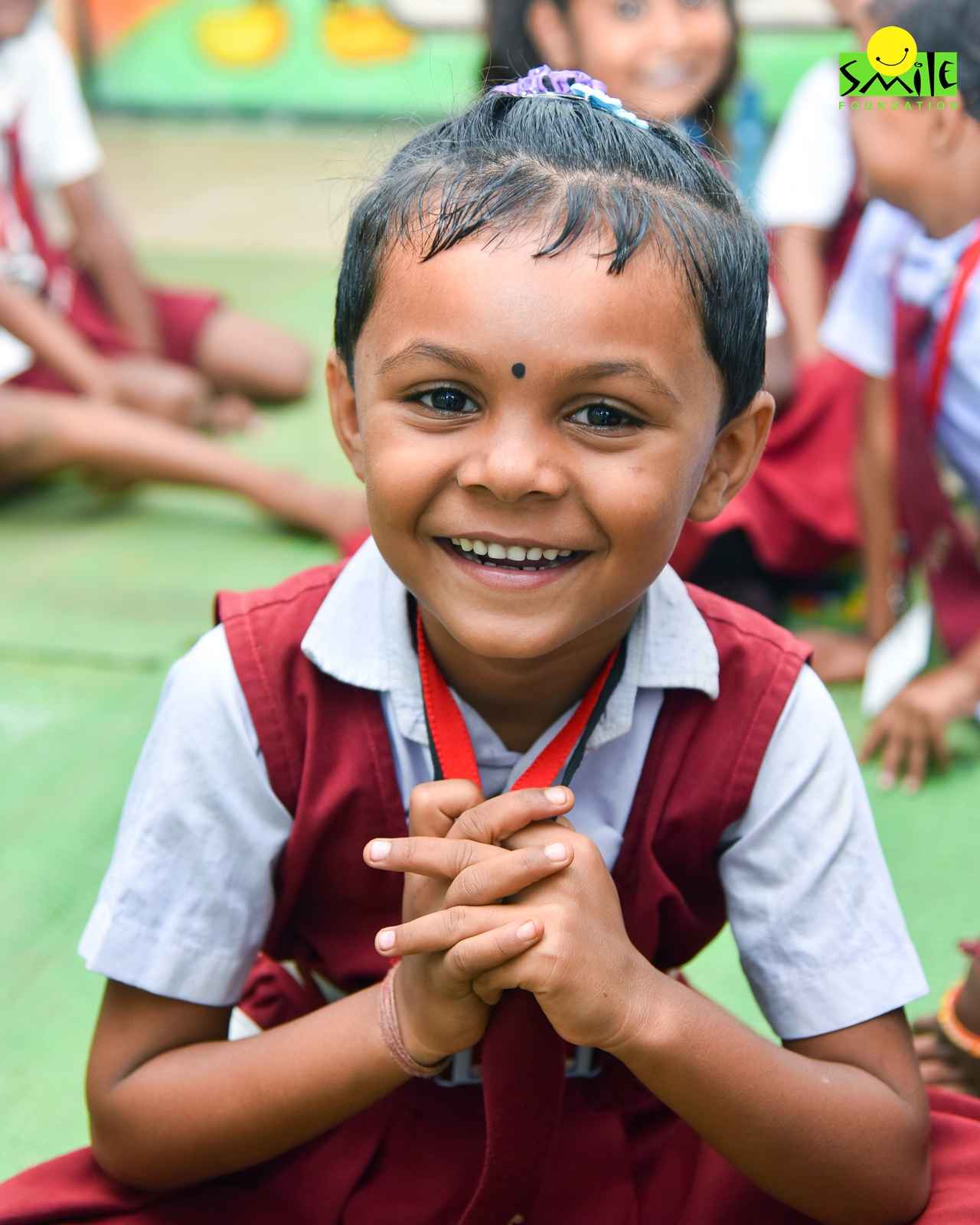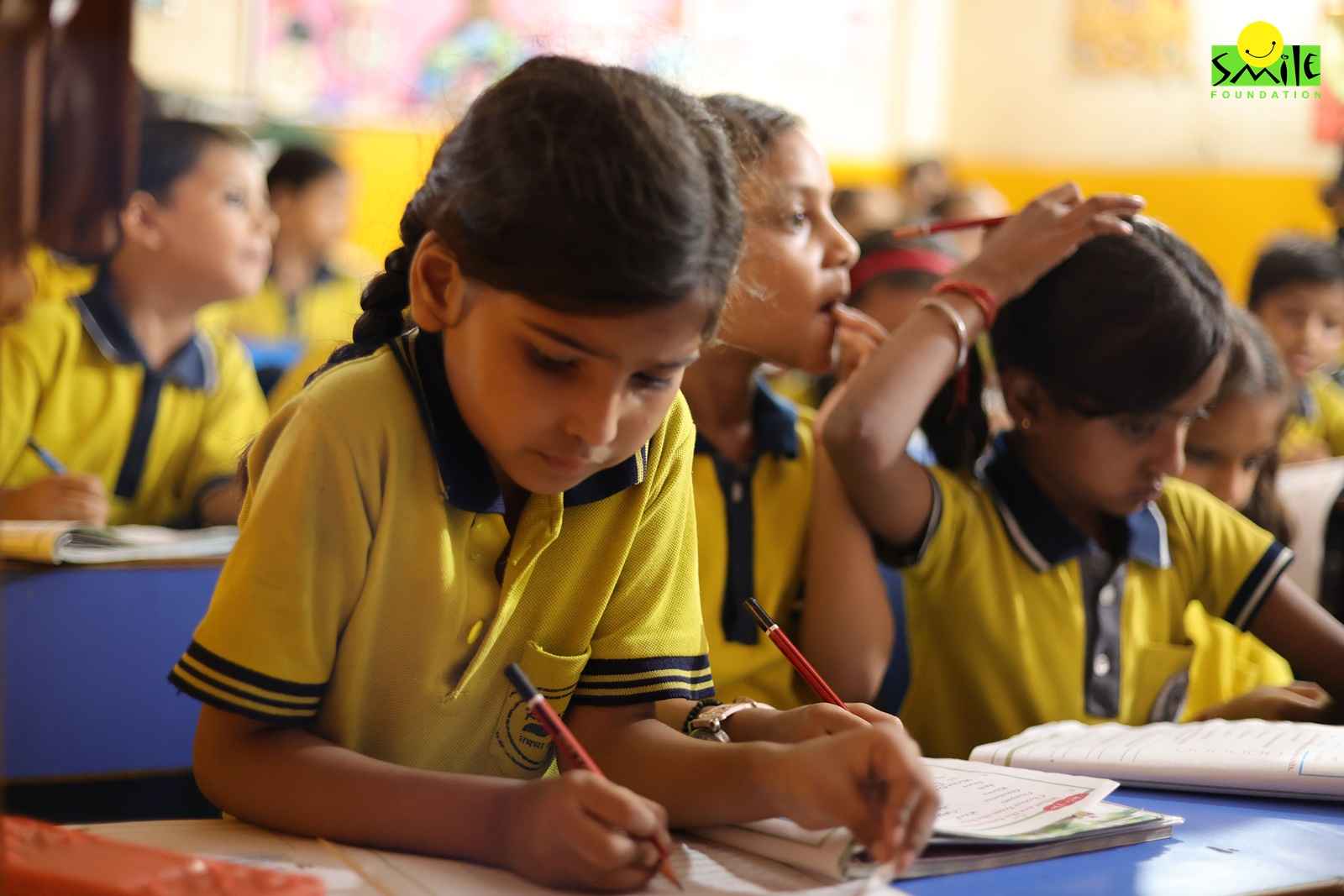Mental health has been a long-neglected aspect of healthcare worldwide, and India is no exception. Since the conversations around mental well-being have started gaining momentum with many countries conducting research, making policies and fighting toxic environments at workplaces, it is important to focus on the mental health of school children.
The National Mental Health Survey (NMHS) conducted in 2015-16 shed light on the state of mental health in the country, revealing some concerning statistics, especially when it comes to children and adolescents. The NMHS reported that the prevalence of mental disorders among children aged 13-17 was 7.3% for both genders. This finding highlighted a pressing need for intervention and support in addressing mental health issues among the youth.
Furthermore, the survey identified other alarming trends, such as early marriages among girls (26.8% before the legal age) and teenage motherhood (8% among girls aged 15-19), both of which can have adverse consequences on mental well-being. The same underscores the urgent need for a comprehensive approach to the mental well-being of children.
Apart from the societal issues, the survey also exposed the risks and challenges that children, particularly girls, face, which can significantly impact their mental health. These include sexual coercion, unwanted pregnancies, unsafe abortions, physical injuries, and exposure to digital threats like cyberbullying, internet addiction, and pornography. These risks emphasize the complex and interrelated nature of mental health challenges among young individuals.
What’s Missing? What Needs to be done about Mental Health in School Children
Despite the eye-opening findings of the NMHS, the approach of India to addressing these challenges is currently inadequate. The nation lacks a comprehensive school mental health program (SMHP) that would provide targeted support and interventions for children and adolescents. Existing programs mainly focus on physical health, with mental health concerns receiving insufficient attention.
Moreover, India faces a shortage of mental health professionals, with just 0.29 psychiatrists per lakh population and an absence of child psychiatrists. This shortfall hampers the provision of effective care for the mental health needs of children.
Current efforts often lack uniformity and comprehensiveness. While some programs address specific issues like substance abuse, suicide prevention, domestic violence, and sexual abuse, there is a significant gap in holistic SMHPs that cover the complete spectrum of mental health and well-being for school children.
Despite the provisions in the National Mental Health Policy, 2014 and the Mental Healthcare Act, 2017 to increase funding for mental health to address the treatment gap, less than 1% of the total union budget for health is allocated for mental health highlighting the need for increased financial support for mental health initiatives.
The Limitations of Rashtriya Bal Swasthya Karyakram (RBSK)
In 2013, the government launched the Rashtriya Bal Swasthya Karyakram (RBSK) under the National Health Mission. However, this program primarily focuses on early detection and management of physical illnesses like anemia, malnutrition, developmental disorders, skin, heart, and respiratory diseases among children, which is done through screenings at government schools and Anganwadis.
While RBSK does include screening for certain mental disorders like autism, learning delays, motor and cognitive skill issues, attention deficits and vision or hearing impairments, it doesn’t address common mental health concerns like stress, anxiety, depression or suicidal thoughts.
So, what should a comprehensive School Mental Health Program (SMHP) look like? According to a report by the United Nations International Children’s Emergency Fund (UNICEF), it should encompass five key pillars of support:
- Create an environment conducive to learning.
- Ensure early access to mental health services.
- Prioritize the well-being of teachers.
- Implement targeted mental health programs at various levels.
- Foster collaboration between schools, families, and the community.
UNICEF also outlines a basic framework under existing educational policies and budgets for building effective SMHPs, including hiring dedicated counselors, offering telehealth mental health services, providing government-issued helpline numbers, maintaining an adequate workforce of teaching and non-teaching staff to support teachers, promoting community-based activities, incorporating mental health awareness into the school curriculum, and collaborating with families and communities to tailor the program to the needs of children.
School Health Program under the Ayushman Bharat scheme
In 2018, the central government launched the School Health Program under the Ayushman Bharat scheme, focusing on a wide range of activities, including health screening, classroom activities promoting health and wellness and thematic school assemblies. This program pays special attention to the mental health of middle and high school children, promoting activities like meditation, yoga, bullying prevention, internet safety, media literacy, substance abuse prevention, violence prevention and mental health awareness.
Coordination committees at various levels have been set up to implement the program, comprising teachers, district magistrates, education and health officers, state secretaries and Union ministry representatives.
However, one significant challenge is the shortage of mental health professionals in India. According to the World Mental Health Atlas (2017), the country had limited mental health resources, including just 0.29 psychiatrists per lakh population and no child psychiatrists. With only 49 child psychiatrists and a minimal presence of other mental health professionals, the inadequacy of the mental health workforce is apparent.
Moreover, the nation still does not possess a structured, nationwide School Mental Health Program (SMHP). While some programs sensitize teachers to mental health issues, promote practices like yoga and meditation, and offer toll-free counseling hotlines, they primarily address specific problems such as substance abuse, suicide prevention, domestic violence, and sexual abuse. A comprehensive, uniform SMHP that ensures the mental well-being of all school children is lacking.
Looking Ahead
Looking ahead, the NITI Aayog is planning to establish a comprehensive school healthcare program to address these issues. This initiative plans to extend its coverage to students in both government and private schools, building upon existing health promotion and disease prevention measures under the Ayushman Bharat scheme. The growing number of student suicides, particularly those linked to mental health issues, has prompted this move.
Since 2011, the number of student suicides has steadily increased, from 7,696 students in 2011 to 13,089 students in 2021. For those below 18, 1,408 cases cited illness as the reason for suicide, with 58% of these cases being related to mental health.
In conclusion, while the National Mental Health Survey 2015-16 provided invaluable insights into the mental health challenges faced by children and adolescents in India, the country currently lacks a cohesive and well-funded framework to comprehensively address these issues. Developing a robust school mental health program is vital to ensure the holistic well-being of students and to provide the necessary support for those facing mental health challenges. It is time to prioritize the mental health of school children and much work must be done to ensure that their mental well-being is adequately addressed.
Smile Foundation’s Mission Education concerns itself with the mental wellness of the children and conducts timely workshops with both the students and teaching faculty of the centers. We realize the holy trinity of body, mind and school and make concerted efforts towards each. Yes, we want our children to be educated well but mostly we want them to be aware of their feelings and help them in finding a voice that helps them navigate life better.









